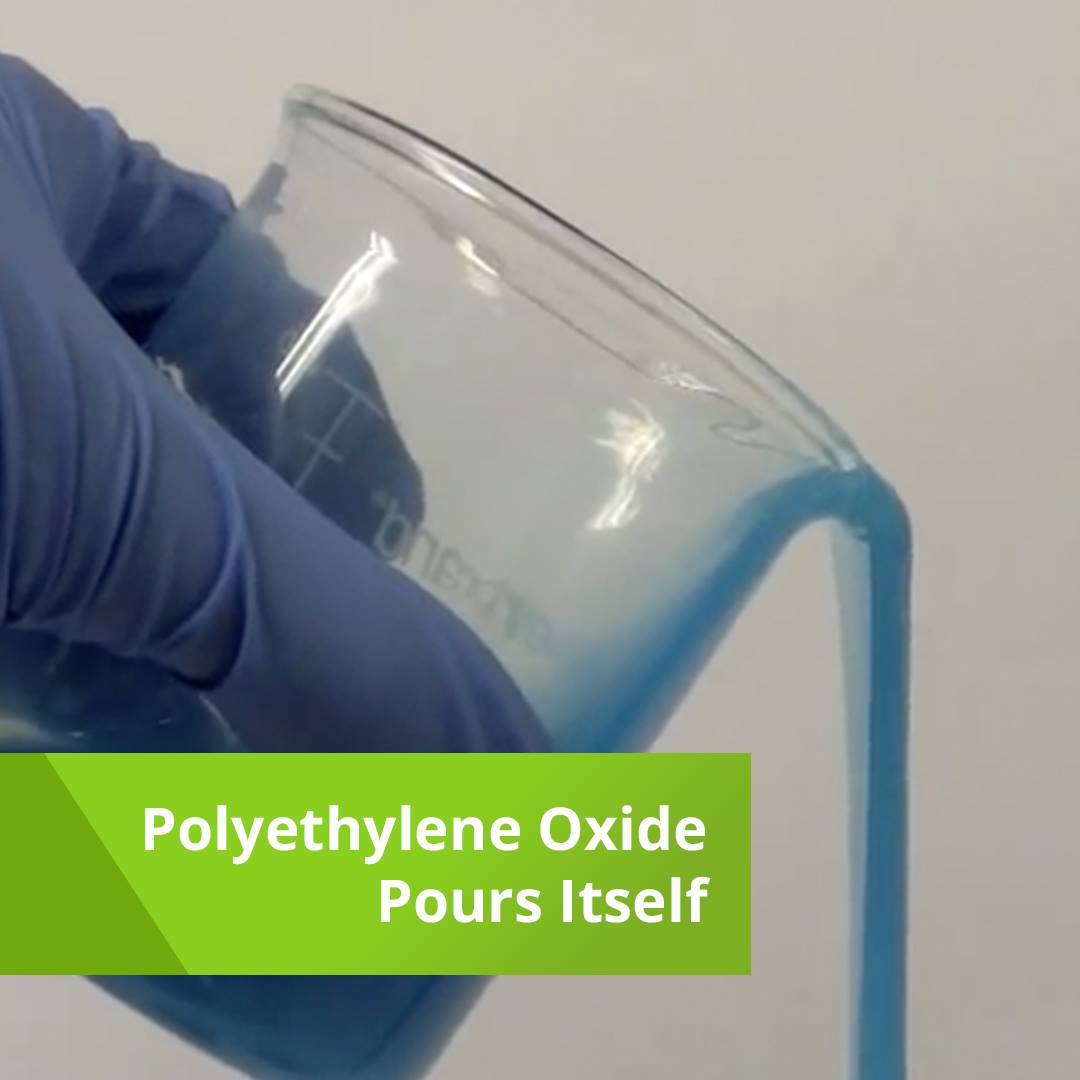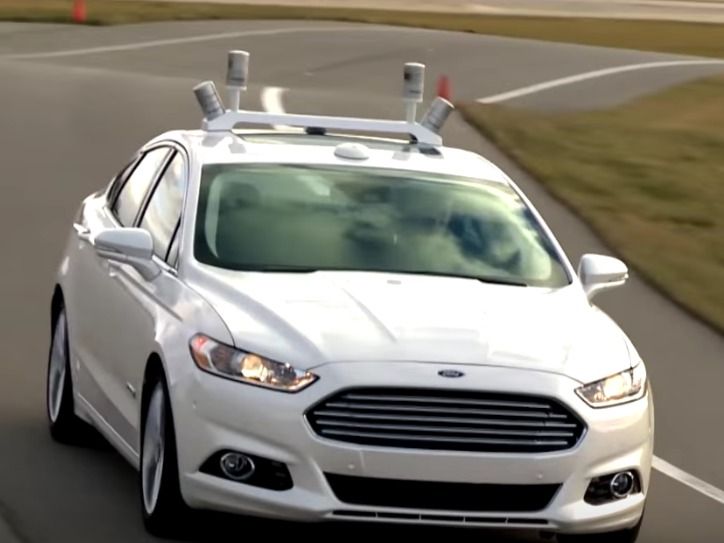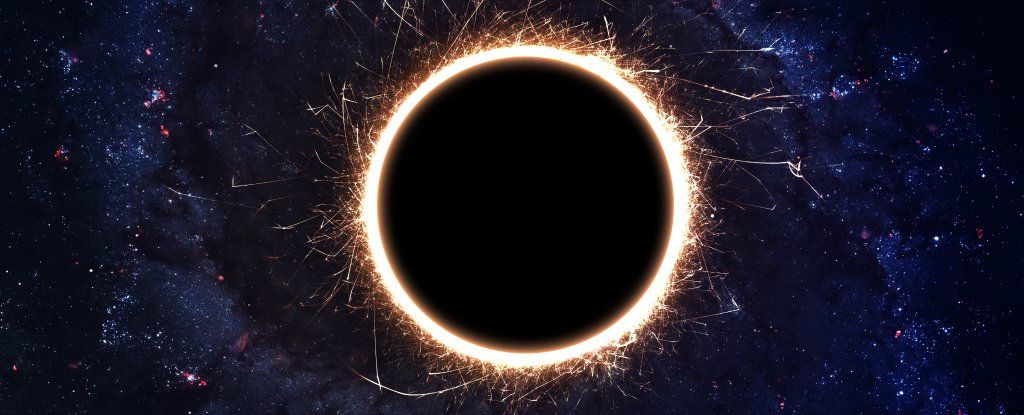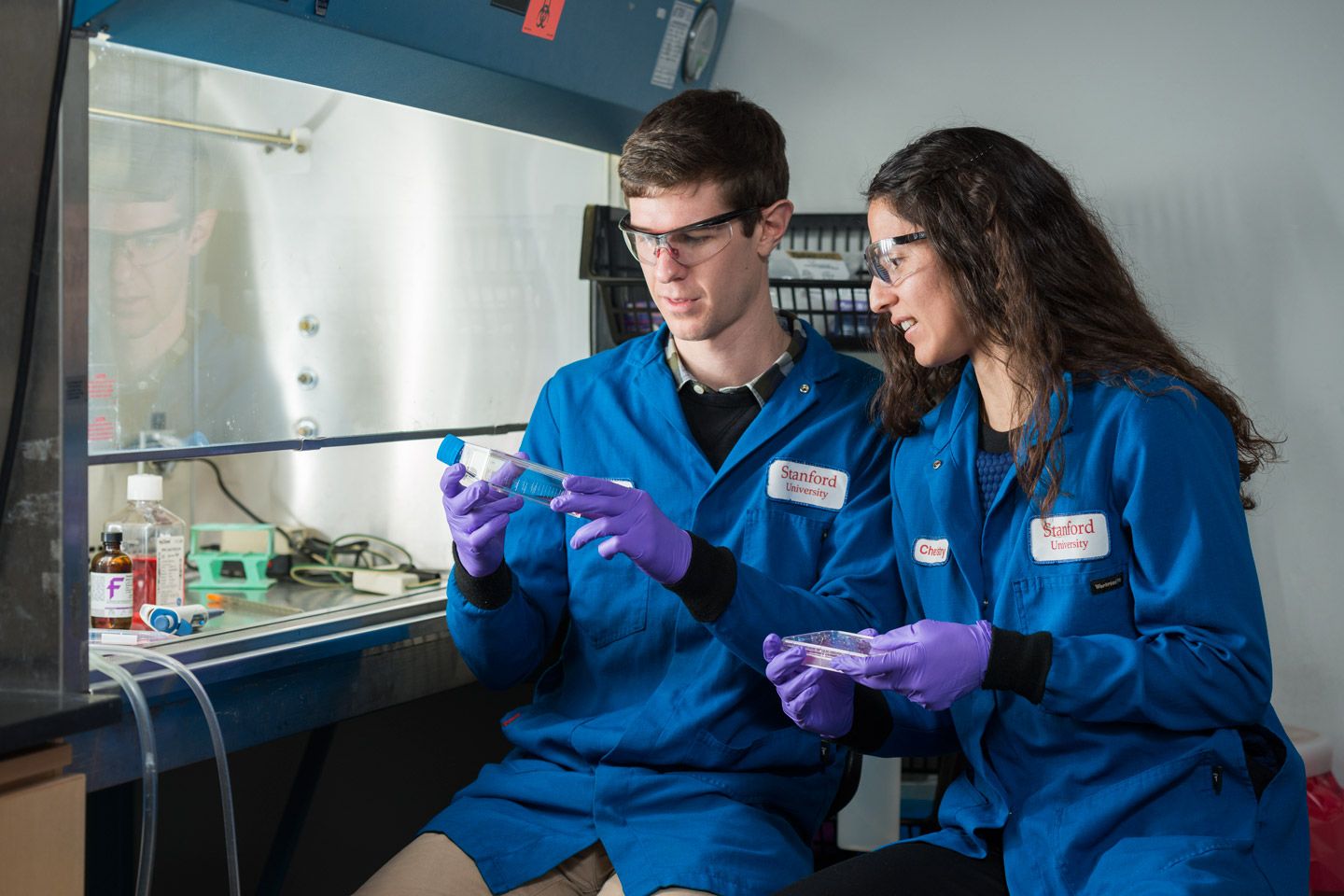Page 10522
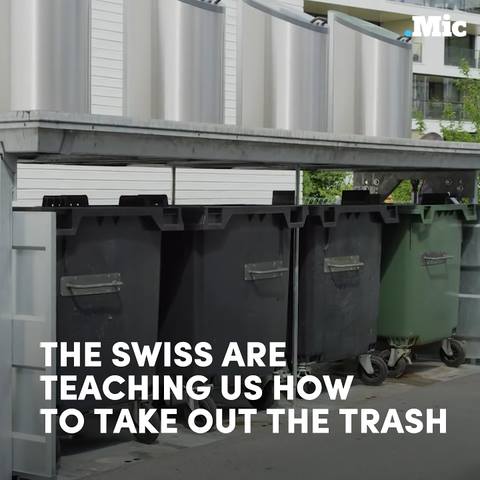
This Swiss-made trash can teach the world how to get rid of garbage in style.
Keep up with the latest: http://bit.ly/2jAqlHz
Feb 17, 2017
Ford just invested $1 billion in a secretive AI startup founded by former Google and Uber execs
Posted by Alireza Mokri in categories: engineering, robotics/AI, transportation
Ford is investing $1 billion in a secretive artificial intelligence startup headed by former Google and Uber execs to advance its self-driving car efforts.
The startup, Argo AI, was founded by Bryan Salesky, the former director of hardware for Google’s self-driving-car efforts, and Peter Rander, Uber’s engineering lead at its autonomous cars center.
The $1 billion investment will be spread out over five years as Ford looks to commercialize its self-driving technology by 2021.
Feb 17, 2017
Google teams up with Kaggle to host $100,000 video classification challenge
Posted by Alireza Mokri in category: robotics/AI
Google and Kaggle today announced a new machine learning challenge that asks developers to find the best way to automatically tag videos.
The challenge, which comes with a $30,000 prize for the first-place finisher (and $25,000, $20,000, $15,000 and $10,000 for the next four teams), asks developers to classify and tag videos from Google’s updated YouTube-8M V2 data set. This data set features a total of 7 million YouTube videos that add up to 450,000 hours of video. YouTube-8M already includes labels, too, and developers can use this as their training data. The challenge then is to tag 700,000 previously unseen videos.
Continue reading “Google teams up with Kaggle to host $100,000 video classification challenge” »
Feb 17, 2017
Wide & Deep Learning: Memorization + Generalization with TensorFlow (TensorFlow Dev Summit 2017)
Posted by Alireza Mokri in category: robotics/AI
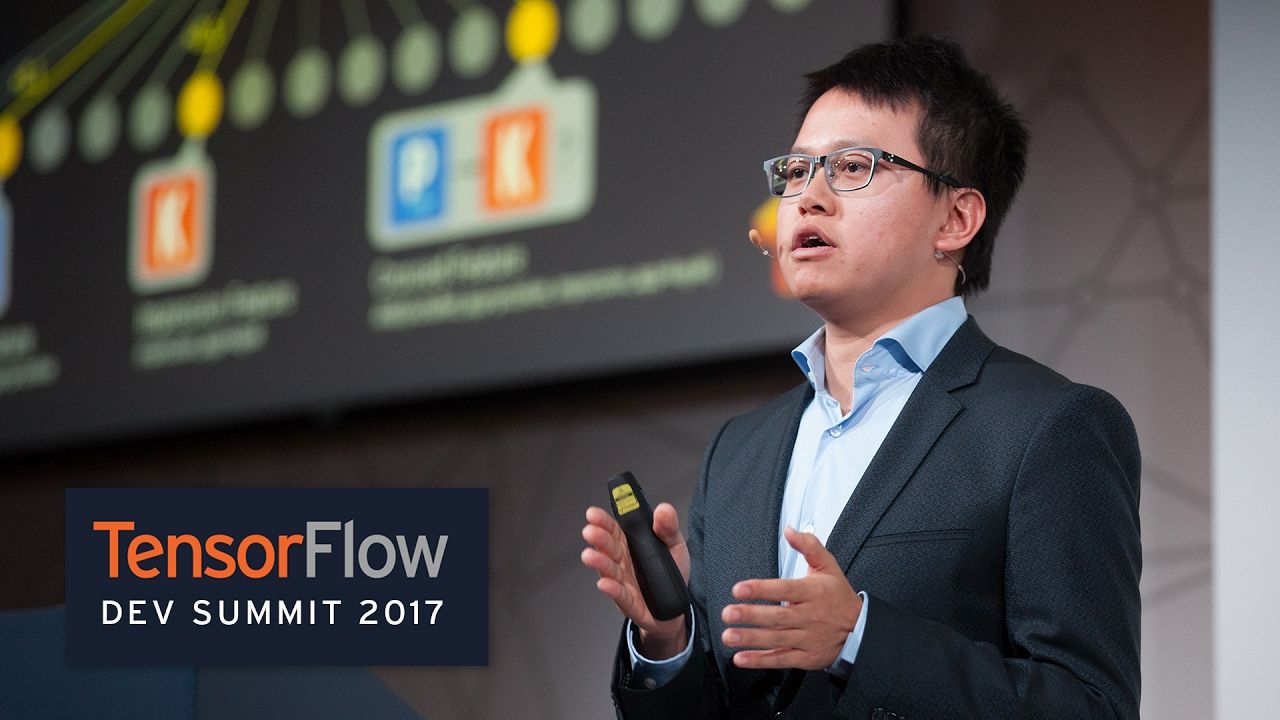
Wide models are great for memorization, deep models are great for generalization — why not combine them to create even better models? In this talk, Heng-Tze Cheng explains Wide and Deep networks and gives examples of how they can be used.
Check out our blog post, paper, YouTube video, TensorFlow tutorials: https://goo.gl/MwVlVa
Feb 17, 2017
The Six Epochs from The Singularity is Near
Posted by Alireza Mokri in categories: Ray Kurzweil, singularity, transhumanism
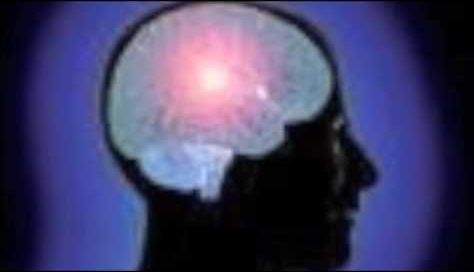
Join the discussion at TranshumanistForums.com!
All words are used with permission of Raymond Kurzweil and the Singularity is Near.
Continue reading “The Six Epochs from The Singularity is Near” »
Feb 17, 2017
International Law and Cyber Operations
Posted by Roman Mednitzer in categories: internet, law
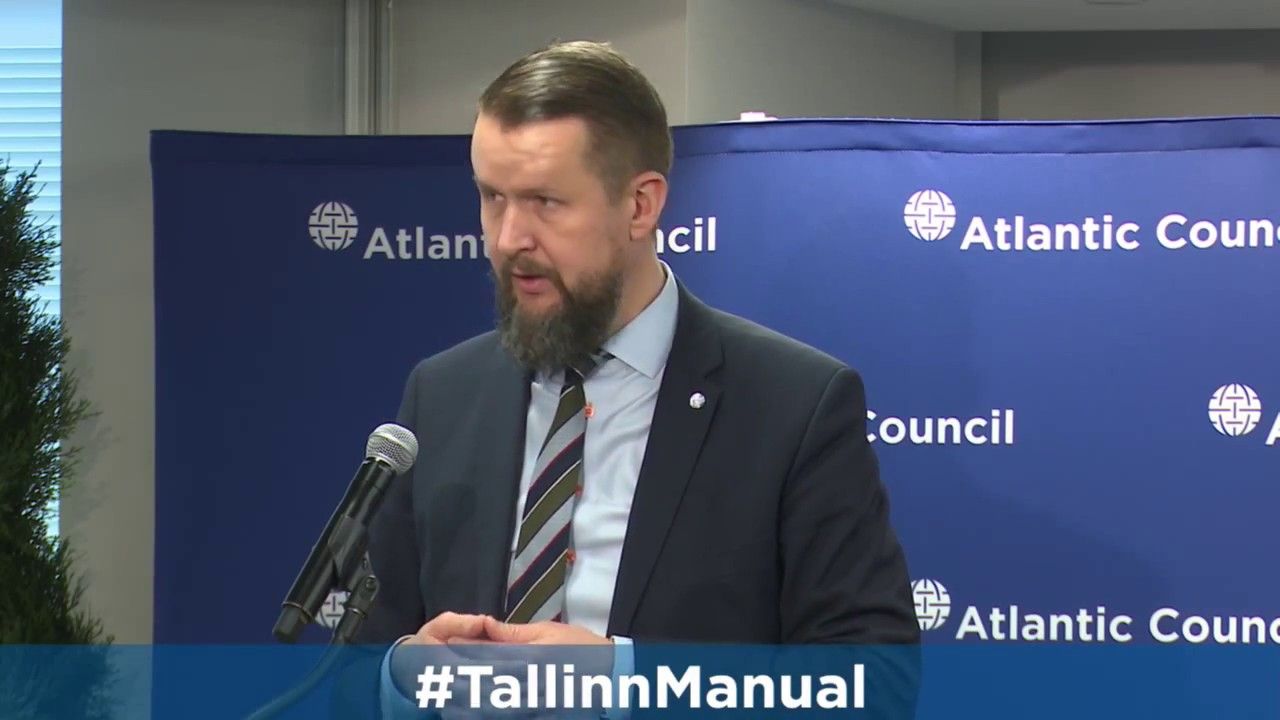
The Tallinn Manual 2.0 is the most comprehensive analysis of how existing international law applies to cyberspace.
Feb 17, 2017
New AI Can Write and Rewrite Its Own Code to Increase Its Intelligence
Posted by Klaus Baldauf in category: robotics/AI
Feb 16, 2017
Scientists Are About to Switch on a Telescope That Could Photograph a Black Hole’s Event Horizon
Posted by Andreas Matt in category: cosmology
Black holes are among the most fascinating objects in the known Universe. But despite the fact that they’re suspected to lurk at the centre of most galaxies, the reality is that no one has ever been able to actually photograph one.
That’s because black holes, as their name implies, are very, very dark. They’re so massive that they irreversibly consume everything that crosses their event horizon, including light, making them impossible to photograph. But that could be about to change, when a new telescope network switches on in April this year.
Called the Event Horizon Telescope, the new device is made up of a network of radio receivers located across the planet, including at the South Pole, in the US, Chile, and the French alps.
Feb 16, 2017
In a possible step forward for gene therapy, researchers made mice glow like fireflies
Posted by Karen Hurst in category: biotech/medical
The old joke in the US Natl. Labs is if you worked at ORNL, you glowed at night. Looks like DARPA has found a safer way to do it.
Timothy Blake, a postdoctoral fellow in the Waymouth lab, was hard at work on a fantastical interdisciplinary experiment. He and his fellow researchers were refining compounds that would carry instructions for assembling the protein that makes fireflies light up and deliver them into the cells of an anesthetized mouse. If their technique worked, the mouse would glow in the dark.
Not only did the mouse glow, but it also later woke up and ran around, completely unaware of the complex series of events that had just taken place within its body. Blake said it was the most exciting day of his life.
